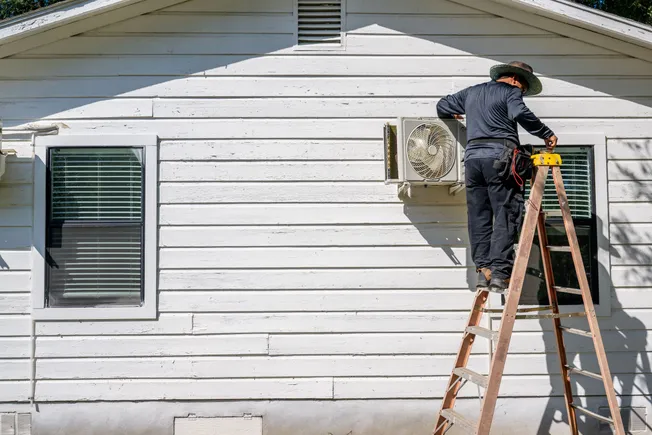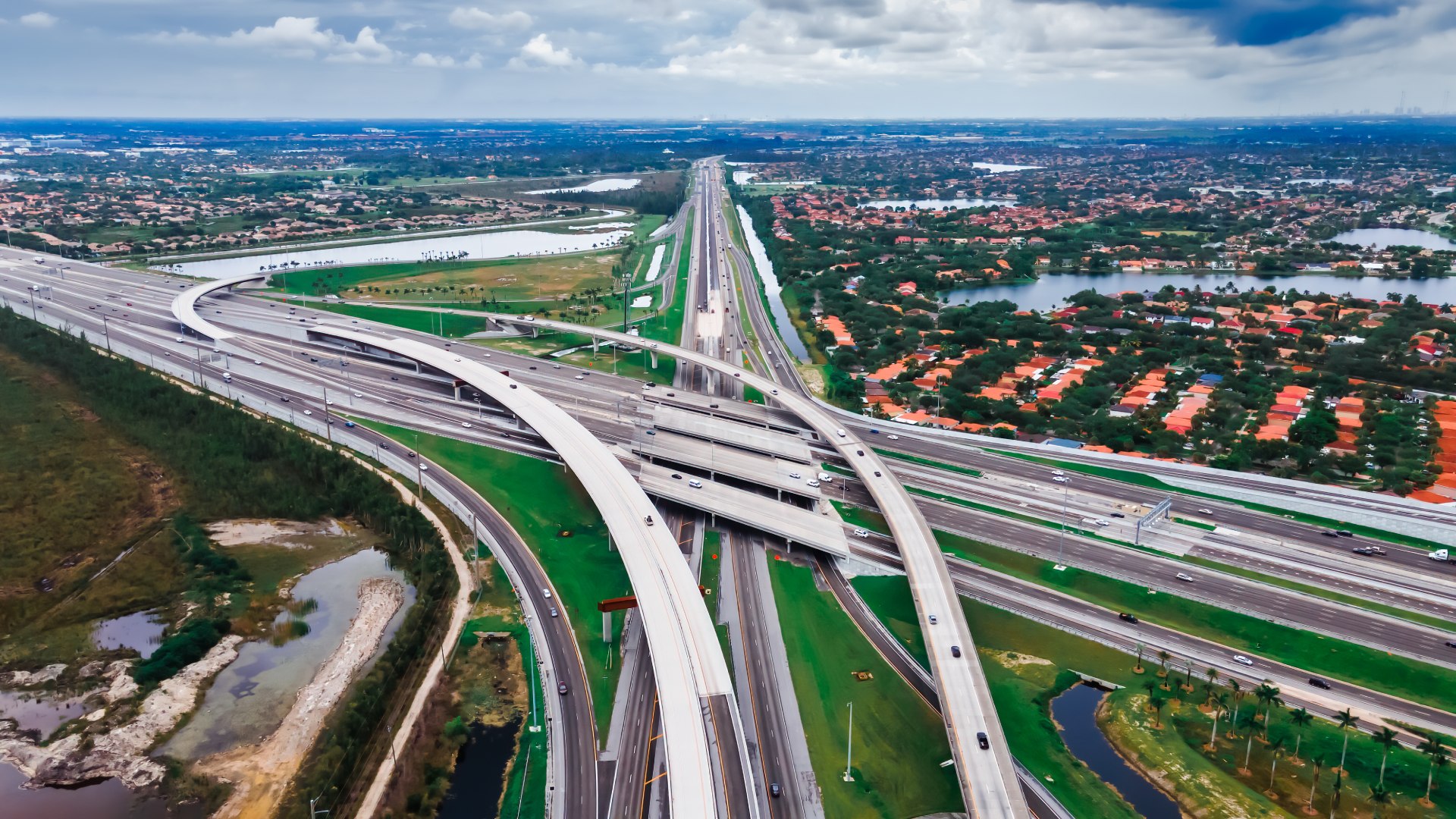The gold standard of business news
Morning Brew is transforming the way working professionals consume business news.
They skip the jargon and lengthy stories, and instead serve up the news impacting your life and career with a hint of wit and humor. This way, you’ll actually enjoy reading the news—and the information sticks.
Best part? Morning Brew’s newsletter is completely free. Sign up in just 10 seconds and if you realize that you prefer long, dense, and boring business news—you can always go back to it.
"If what you are doing is not moving you towards your goals, then it's moving you away from them,"
—Brian Tracy
THE ART OF LEADERSHIP
Are Your Daily Actions Aligning with Your Goals or Sabotaging Them?
A Leadership Exploration of Brian Tracy's Insight on Purposeful Progress
Brian Tracy's profound statement, "If what you are doing is not moving you towards your goals, then it's moving you away from them," challenges leaders to scrutinize every action. It emphasizes the binary nature of progress: there is no neutral ground for achieving our objectives.
Reflect on your daily activities. Are they deliberate steps toward your vision, or are they comfortable routines that offer an illusion of productivity? The busyness trap can easily distract us from meaningful progress. Tasks that don't contribute to our goals can slowly steer us off course.
This brings us to an essential conversation: How do we, as leaders, ensure alignment between our actions and our ambitions? Do we set clear priorities and boundaries? Do we encourage our teams to focus on high-impact tasks?
Let's share insights and strategies. Perhaps you use time-blocking to dedicate hours to critical projects or regularly revisit your goals to stay on track. Discussing these practices can help us collectively move forward.
Embracing Tracy's insight means committing to purposeful action. It's about making conscious choices that propel us closer to our aspirations and inspiring others to do the same. So ask yourself: Are your actions today moving you toward your goals or away from them?
COMMERCIAL CONSTRUCTION
Construction Faces Looming Labor Crisis
Aging Workforce and Youth Disinterest Threaten Future How Can the Industry Build Its Way Out?
The construction industry is standing on shaky ground as it grapples with a labor shortage that could jeopardize future projects and growth. With over 22% of its workforce aged 55 or older, the impending wave of retirements poses a significant threat. As the average retirement age hovers around 61, the question arises: who will fill the boots of these seasoned professionals?
Greg Sizemore, Vice President at Associated Builders and Contractors, highlights a "Trident effect" plaguing the industry. First, an aging workforce is edging closer to retirement. Second, younger generations are either unaware of or uninterested in construction careers. Third, even those who enter the field often lack adequate support and training, leading to high dropout rates.
Young professionals like Amelia Johnston and George Ojo, interns at Skanska USA, believe early exposure is key. They advocate for engaging students from middle school onward, showcasing diverse opportunities beyond just manual labor like project management and technological roles.
Safety concerns and a lack of diversity further complicate recruitment efforts. Women, for instance, makeup just 11% of the construction workforce in the U.S. Intern Sarah Talavera points out that increasing female representation could draw more talent into the fold.
Technology adoption is another crucial factor. The next generation expects modern tools and practices; lagging in this area can deter potential recruits.
So, what's the solution? Industry leaders suggest taking matters into their own hands rather than waiting for governmental intervention. Investing in apprenticeships, internships, and educational partnerships can bridge the gap. Scott Cannon of Skanska emphasizes the value of hands-on experience and global networking for retaining young talent.
The industry faces a pivotal moment. Will construction companies innovate and adapt to attract fresh talent, or will they watch as their workforce dwindles? The answer may well determine the future landscape of our cities and infrastructure. It's time for the construction sector to rebuild not just structures, but its approach to cultivating the next generation of builders.
With 22% of construction workers nearing retirement, youth disinterest, and low diversity, how can the industry modernize and innovate to recruit and retain talent?
#ConstructionCrisis #FutureOfWork #WorkforceDevelopment
— #The Dig Daily Dose (#@TheDigDailyDose)
11:39 AM • Nov 21, 2024
INFRASTRUCTURE INDUSTRY
Florida’s Population Surge: Are Infrastructure Projects Enough for the Sunshine State’s Growth?
Will Florida’s $68 Billion Plan Meet the Needs of 30 Million Residents by 2030? Join the Conversation!
Florida’s Population Boom Spurs $68 Billion Infrastructure Plan: Is It Enough?
As Florida races toward becoming the third most populous state by 2030, surpassing 30 million residents, its infrastructure is under unprecedented strain. The state’s Moving Florida Forward initiative, launched in 2023 with a $68 billion budget, aims to address these challenges, but will it suffice?
The Population Challenge
Florida’s population growth is staggering adding nearly 1,000 new residents daily. This boom is reshaping urban landscapes and driving demand for over a million new jobs, particularly in construction, as well as modernized transportation networks.
The Infrastructure Initiative
The Moving Florida Forward plan focuses on high-priority projects, from rebuilding aging bridges to redesigning major highway interchanges. Lane Construction, a subsidiary of Webuild, is leading efforts to expand key corridors like I-4 and I-275 to reduce congestion and improve safety. However, with 15% of bridges over 50 years old and traffic delays rising annually, is the timeline realistic?
Major Projects Underway
Tampa: Redesign of the I-75 Bradenton interchange to enhance capacity.
Orlando: Reconstruction of the I-4/SR-33 intersection and additional rail integration.
Statewide: Wildlife-friendly bridges, advanced traffic systems, and widened highways.
Open Questions
Will this $68 billion initiative keep pace with Florida's exponential growth? Can the focus on modern highways and eco-friendly designs ensure both sustainability and efficiency? Join the conversation what do you think Florida’s infrastructure future holds?
Florida’s $68B Moving Forward plan aims to tackle its population boom, but is it enough to ensure sustainability, job creation, and congestion relief?
#FloridaGrowth #Infrastructure #FutureReady
— #The Dig Daily Dose (#@TheDigDailyDose)
11:37 AM • Nov 21, 2024
RESIDENTIAL RESEARCH
Skyrocketing Housing Costs: CEO Blames Land Prices, Worker Shortages, Red Tape, and NIMBYism
What’s the Real Fix?"
The housing crisis in the United States is reaching critical levels, with home prices and rents climbing steeply, driven by a significant shortage of available homes. According to housing experts, estimates place the shortfall at anywhere from 2.8 million to over 7 million homes. Jim Tobin, CEO of the National Association of Home Builders, has identified four major obstacles that are fueling the crisis: the rising cost of land, a shortage of construction workers, heavy regulatory burdens, and opposition to development from local communities, often dubbed “NIMBYism.”
Land Costs: A Scarce and Expensive Commodity
Land costs have surged in cities nationwide, exacerbated by restrictive zoning laws that limit the density of new housing. Cities like Los Angeles and Seattle have as much as 75% of their residential areas zoned exclusively for single-family homes, preventing the construction of higher-density housing that could alleviate the crisis. This lack of available, affordable land is a critical bottleneck in meeting housing demand.
Worker Shortages: The Labor Gap Widening
A deficit of 500,000 construction workers nationwide is slowing down housing projects and driving up costs. Tobin points to a cultural shift prioritizing college over trade careers and a wave of retirements during the pandemic as key contributors. The result? Higher wages for skilled labor and delayed construction timelines compounded the housing shortage.
Regulatory Hurdles: Red Tape Choking Development
Local, state, and federal regulations create layers of complexity for builders, delaying projects and adding costs. Zoning restrictions and energy code requirements are just a few of the barriers slowing the pace of new housing developments. Tobin emphasizes the need for reform, particularly at the state and local levels, to streamline processes and reduce costs.
NIMBYism: The Silent Saboteur
Anti-development sentiments among homeowners also play a significant role. The fear of declining property values drives opposition to new housing, particularly in established neighborhoods. Local governments often resist higher-density housing to appease these constituents, further limiting supply and driving up costs.
A Path Forward?
Tobin sees potential relief in the form of interest rate stabilization and federal regulatory rollbacks under the incoming administration. However, he also raises concerns about labor supply issues exacerbated by potential mass deportations and the impact of new tariffs on building materials.
The housing crisis affects everyone, from renters facing rising costs to prospective homebuyers locked out of the market. With the nation at a crossroads, the debate now turns to finding effective, long-term solutions. Should zoning laws be overhauled? Is there enough political will to counter NIMBYism? What role should trade education and immigration policy play in addressing labor shortages? These questions demand urgent answers.
The housing crisis is a complex puzzle. What do you think is the most pressing piece to solve first?
Sky-high housing costs: Is the root issue land prices, labor shortages, red tape, or NIMBYism? Which should we tackle first for meaningful change?
#HousingCrisis #AffordableHomes #NIMBY
— #The Dig Daily Dose (#@TheDigDailyDose)
11:34 AM • Nov 21, 2024
TOOLBOX TALK
The Importance of Weather Preparedness on Construction Sites
Introduction
Good morning, Team! Today’s toolbox talk is about weather preparedness—a unique but critical safety topic for construction sites. Weather conditions, such as rain, wind, snow, or extreme heat, can create hazards that impact both safety and productivity. By preparing for changing weather conditions and adapting our practices, we can reduce the risk of accidents and ensure smooth operations, no matter what the forecast brings.
Why Weather Preparedness Matters
Weather affects nearly every aspect of construction, from ground stability to equipment performance. Slippery surfaces, reduced visibility, and temperature extremes can lead to accidents if we’re not prepared. Being proactive about weather-related risks ensures the safety of both workers and the job site.
Strategies for Weather Preparedness
Monitor Weather Forecasts: Check the weather forecast daily and throughout the workday. Plan tasks based on anticipated conditions, such as delaying activities during high winds or storms.
Wear Weather-Appropriate PPE: Adapt your protective equipment (PPE) to the weather. For example, wear waterproof gear in rain, insulated clothing in cold weather, or breathable, light-colored clothing in the heat. Always wear slip-resistant footwear during wet or icy conditions.
Secure Tools and Materials: High winds can blow tools, equipment, and materials, creating hazards. Tie down or store loose items and ensure scaffolding, ladders, and machinery are stable.
Adapt Work Practices: Adjust your activities to suit the weather. For example:
In rain, avoid working on elevated surfaces or areas prone to flooding.
In snow or ice, clear pathways and use de-icing products to prevent slips.
In extreme heat, schedule breaks in shaded areas and increase water intake.
Know Emergency Procedures: In severe weather, such as lightning storms or tornadoes, know the emergency protocols for evacuation and shelter. Ensure all workers are familiar with these procedures.
Discussion Questions
Have you experienced a weather-related incident on-site? What happened, and how could it have been avoided?
What adjustments do you find most helpful for working safely in challenging weather?
How can we improve our weather preparedness practices on this site?
Conclusion
Weather conditions can change quickly, but with proper preparation, we can stay safe and productive on-site. By monitoring forecasts, wearing appropriate PPE, securing materials, adapting work practices, and knowing emergency procedures, we can minimize risks and keep the job moving forward. Let’s commit to being proactive and prepared for any weather conditions we encounter.
Stay ready, stay safe!









